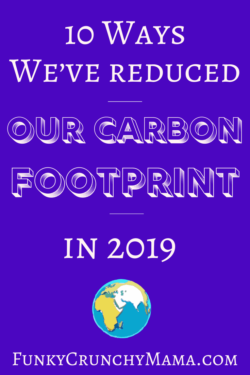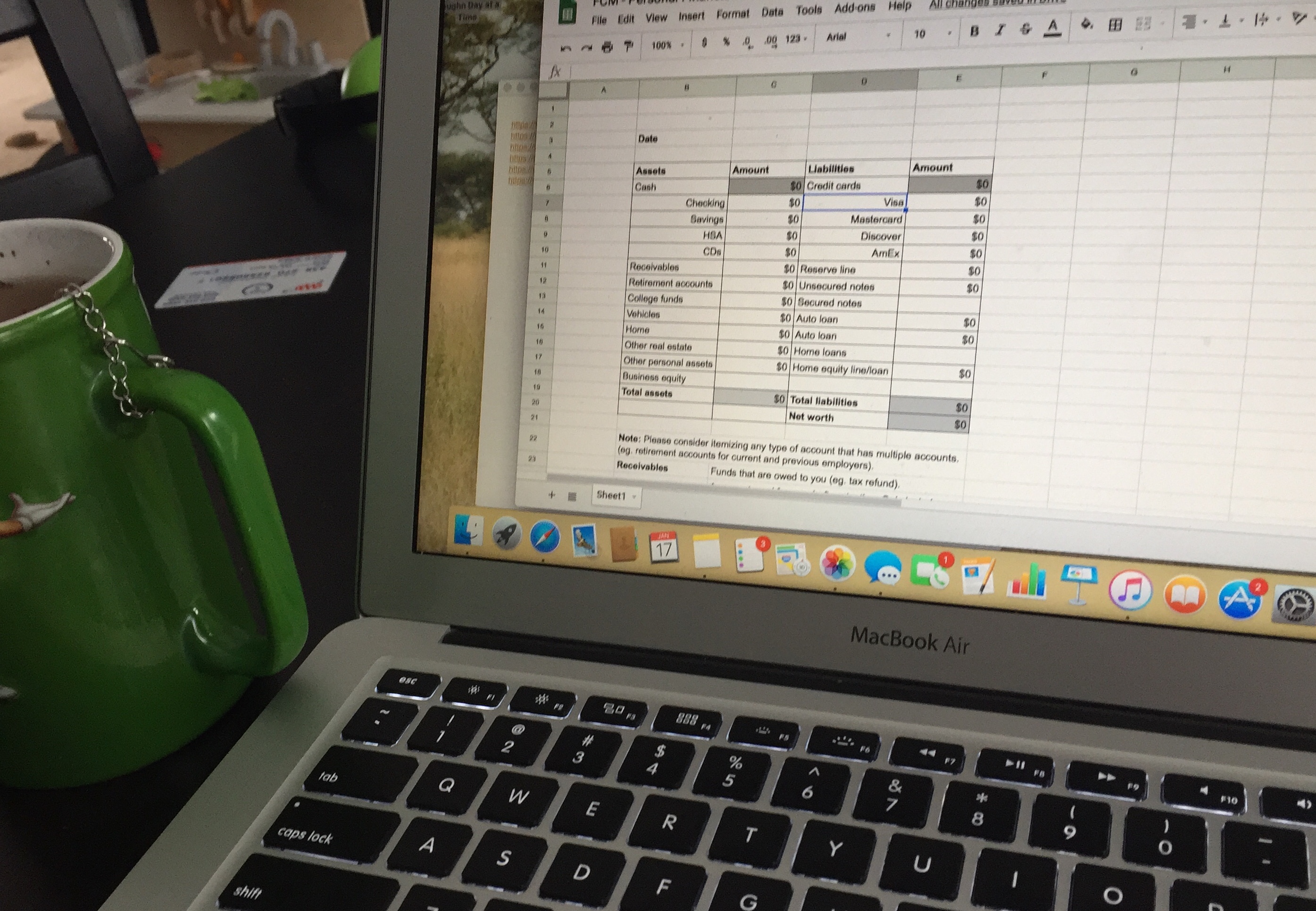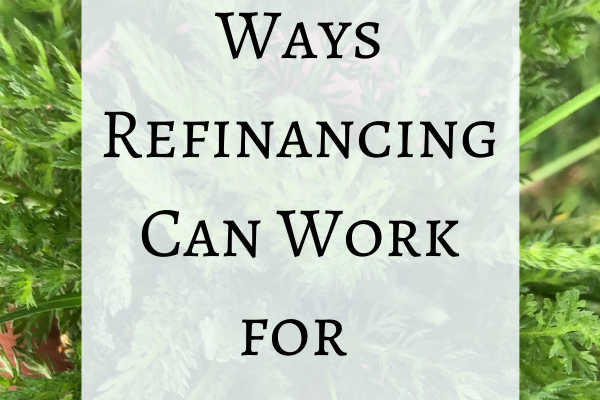2019 has been a whirlwind of a year for our family. Our son was born in November 2018 — life with a newborn is always crazy — but after I returned to work in February, we quickly realized that both of us working was no longer going to work for our family. By my last day on the job, we were casually tossing around the idea of moving closer to my husband’s office to increase family time and reduce gas costs and our carbon footprint, an idea that quickly became reality when an offer on a house was unexpectedly accepted.

This post contains affiliate links.
Along with the move and my husband’s reduced commute, we were inspired us to seek out other opportunities to reduce our carbon footprint. While I can’t really recommend moving (I swear I’ll never do it again), there are a number of simple shifts that I can recommend.
Going Solar
While this may sound like a really big investment, it’s surprisingly simple and unobtrusive to our personal finances. Panels should cover about 80% of our energy usage and the loan payment is about the size of our average bill at present. After a few efficiency upgrades (our furnace and air conditioner are both 30 years old), it’ll probably cover more. Not to mention that — unlike the cost of energy — our loan payment won’t inflate over time and will be paid off in 15 years (or less), eliminating a chunk of our monthly expenses.
Adjusted our Hot Water Heater
As simple as it sounds, your water heater uses a ton of energy and turning down the max temperature can really reduce your energy usage. Also, if the temperature is set too high, it’s a burn risk for yourself and others, so we turned down our max temperature to 120℉.
Switched Paper Products
Toilet paper
Buying toilet paper is a tough pill to swallow. The good stuff is expensive; it’s wrapped in a ton of plastic (then bulk packaged in even more plastic); and it’s cumbersome to haul large quantities home from the store. Enter Who Gives a Crap.
Who Gives a Crap is an awesome company that uses recycled paper or bamboo for their products, packages them in a colorful paper wrapper (I plan to use mine as gift wrap), and their company donates half of their profits to provide toilets for those that don’t have them. Not to mention that they’re funny (who doesn’t giggle at toilet jokes?) and it’s delivered right to your door! If you never want to think about having to buy toilet paper again, just subscribe. We get the premium and it’s about the same cost as commercially produced.
Paper towel
Who Gives a Crap also makes paper towels, but we mainly just use them as napkins. The rolls are shorter than the average and they’re not as durable as the high-end paper towel we previously used. What we’ve been using is cloth diapers. I know — WHAT?! Flat cloth diapers are the perfect size for what I’d use paper towels for — which is mainly cleaning bulk fruits and veggies. They’re about half the size of a standard tea towel, 100% cotton (hence compostable), and cheap! And after they get too funky (the bad kind of funky), you can downgrade them to rags (they’re great for cleaning windows!). I just put a black X on each corner with permanent marker after they’ve been downgraded to make sure they’re not mixed back in.
Coffee filters
While we’ve always been sure to buy unbleached coffee filters, we’ve recently been more conscience about buying those made with sustainably harvested paper or bamboo.
Tissues
This will continue to be a work in progress, but we’re trying to reduce our tissue usage in favor of hankies. I’m a mom, I carry gross stuff all the time. What’s a pocket full of snot? This winter will be the true test with kids and colds, but seriously, little kids don’t know how to blow their nose and will readily grab six tissues at time and throw them straight in the trash. I’m enforcing hankies.
Laundry
Appliances
We recently bought a high efficiency washer and dryer and while there’s been a learning curve, they seem to be okay. It’s nice to be able to have options like whether I want to presoak or want one or two rinse cycles — options as to whether or not I want to save water based on my laundry’s level of filth.
Detergent
Large plastic containers of overly-scented liquid detergent are the bane of my existence, I swear (I also feel this way about hair products, hand soaps, and household cleaners). I’ve been on a mission to find a reasonable alternative for some time. I found that powdered Oxydol works really well and is very affordable. It also comes in a box, making at least the packaging more environmentally-friendly. We’ve also tried Melioria, a small Chicago-based company. It’s made with simple ingredients and requires very little product in the machine. It comes in a cardboard canister and refills are sent in a paper bag. The lemon, lavender, clove scent is delightful, but the product reminds me of a homemade detergent that I used to make for a fraction of the cost. I haven’t made a long-term decision on this yet, but I’m leaning toward Oxydol (sorry Mother Earth).
(Note: We stopped using dryer sheets long ago. After a few cycles, we noticed that static was no longer an issue. If you’d prefer to use something in the dryer though, wool dryer balls are effective and compostable after their useful life.)
LED Bulbs
I have a slew of CFL bulbs that we bought for our old house (before replacing all of our fixtures with LED or [LED] Edison options), but the fixtures that need new bulbs of a different variety are getting LEDs. This article by Viribright is super insightful on energy usage. Who knew a single light bulb could consume so much energy?
All in all, I think that 2019 has been a pretty successful year for reducing our carbon footprint. Going forward, we’re aiming to change out more products to reduce packaging consumed. If you have any recommendations, I’d love to hear about them in the comments below!









One thought on “10 Ways We’ve Reduced Our Carbon Footprint in 2019”